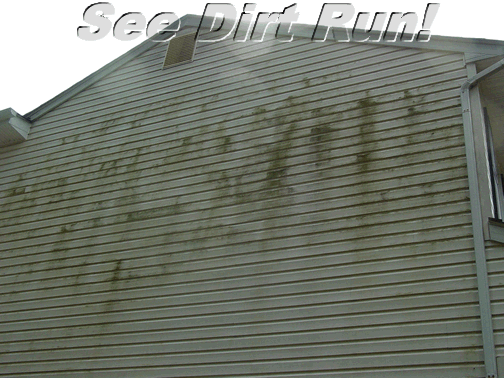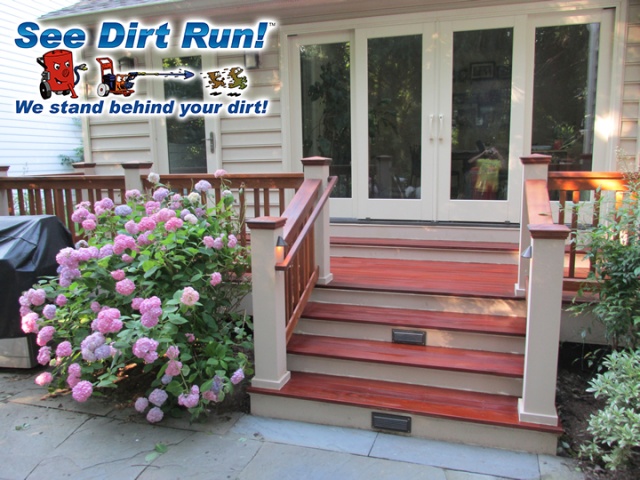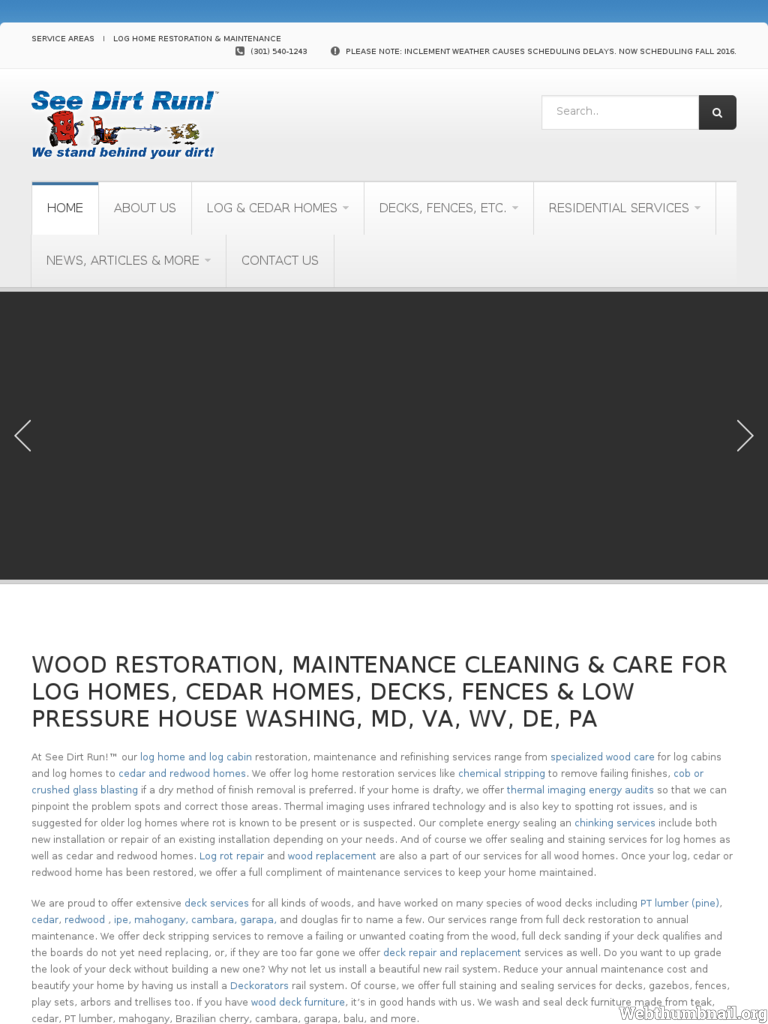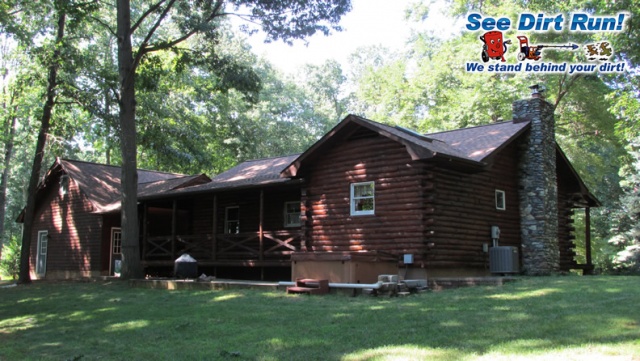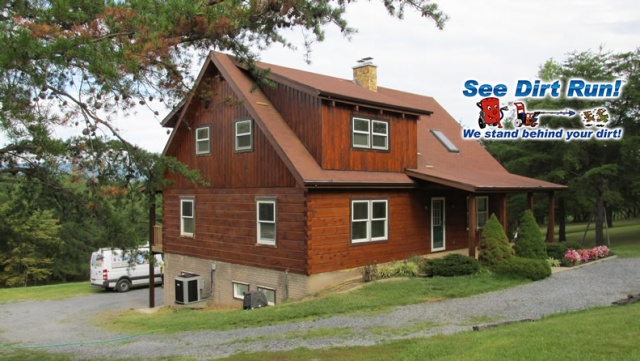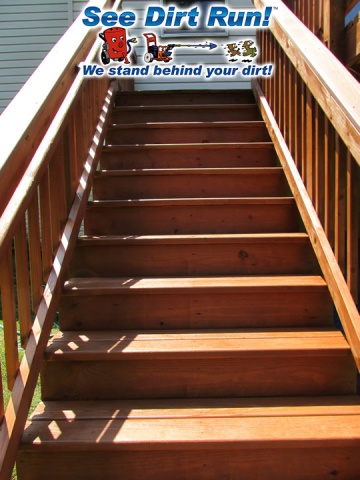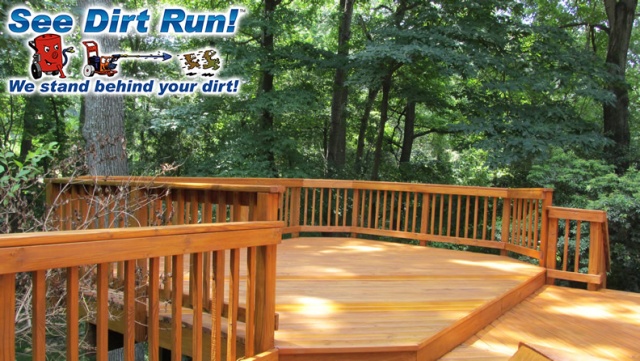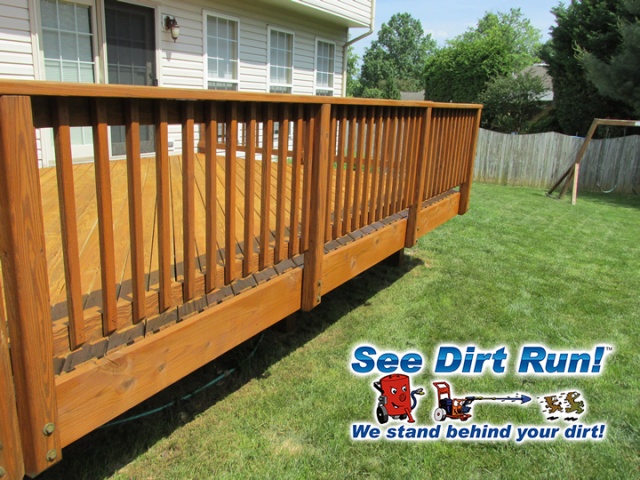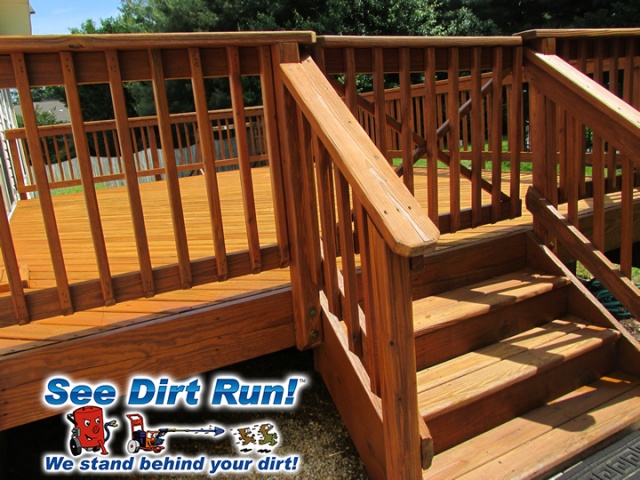-
Content count
17,333 -
Joined
-
Last visited
-
Days Won
162
Content Type
Profiles
Forums
Blogs
Gallery
Links Directory
Articles
Everything posted by Beth n Rod
-
Are these chemicals hazardous to me or anything else? Yes. Wood restoration cleaners are harmful to humans, pets and vegetation in different ways. All of them should be handled with caution by wearing gloves, goggles, respirators, and protective clothing. What is PPE? PPE is an acronym referring to Personal Protective Equipment. These are commonly known as: gloves, respirators, goggles, Protective clothing composed of vinyl, PVC, etc, and boots. Fall protection/suppression gear, harnesses.
-
When do I use which tip? These are the 5 most commonly supplied nozzles. The White 45 degree nozzle is the best choice for cleaning wood surfaces. The reason is that the 45 degree fan delivers the pressure over a larger area which is less injurious to the surface of the wood in comparison to the others. Further note, the nozzles have been color coded for not only the sake of identification but also in order of their intensity on a surface. Red = Strong and Dangerous, yellow = Caution, green = Ok, white = safest. The black nozzle utilizes the lowest pressure a machine can give. How do I know which size orifice to use to change the pressure of my machine? Use a chart to determine your machines current output with regard to its GPM rating, then select the nozzle size that gives the pressure you are looking for in relation to your machines gpm. A chart is located here: http://www.dultmeier.com
-
Black Tip 1. Black= soap nozzle – activates injector for soap application Red Tip 2. Red=0 degree pattern – emits a laser beam jet of water Yellow Tip 3. Yellow=15 degree pattern – emits a tight fan spray of water with a 15 degree constriction Green Tip 4. Green=25 degree pattern – emits a wider fan spray of water with a 25 degree constriction White Tip 5. White=45 degree pattern – emits the widest fan spray of water with a 45 degree constriction
-
What pressure should I use when cleaning wood surfaces? The current range of pressure used to clean wood surfaces is between 500psi and 1000psi. Pressures above this range are used by the more skilled operators who can control the wand effectively and maintain a safe distance from the surface being cleaned. Does high pressure damage the wood? For a novice the answer is obviously yes. Pressures above 1000 psi can have adverse effects on the surface of wood. It can cause splintering and an effect which is commonly called ‘raising the grain’ which in fact is caused by excessive pressure application that removes the softer “heartwood” from between the harder growth veins in the wood leaving valleys. Techniques used by experienced operators can utilize higher pressures while maintaining a greater distance from the surface being cleaned. What is Dwell Time? This is a term used to refer to the amount of time a product is left to perform its action before being removed by rinsing. What is Neutralization? This is the process by which a chemical reaction is stopped by changing the properties of the chemicals used into a non-reactive state. Caustics and Acids when combined together cancel each other out and become salts. Salts by themselves are non-reactive to wood. How do I change the pressure of my pressure washer so I don’t damage the wood? Some pressure washers come equipped with a pressure regulator which allows the operator to change the pressure. Another and more common way to change the pressure is by changing the nozzle that you are using with another which has a larger orifice. The nozzles that come equipped with your pressure washer are designed to deliver the pressure of the machines design. By using a nozzle with a larger orifice, this allows more water to come through the nozzle and less pressure to build up behind it. What causes the “fuzzy” look on the wood? This is a condition created by a caustic cleaner used on the wood. The reaction with the wood surface has caused a break down of the natural glue in the wood that holds these wood fibers together. This natural glue is called lignin. To alleviate this condition, use a sander or defurring tool to remove these fibers. What is a Defurring Tool? This is a tool used in the manufacturing process of wooden furniture to remove the fuzzies left behind from the high volume sanders. A 3M or Scotch Brite type of pad or an Osborn brush on an orbital grinder has been adopted for use in wood restoration to remove the fuzzies created by use of caustic chemicals in the wood restoration process. What is the difference between a ‘sealant’ and a ‘stain’? They are both sealants. The composition of both requires that they penetrate into the wood surface or produce a film that provides a barrier against water absorption. A Stain however also incorporates a pigment which gives the wood a desirable finish. The purpose of a stain is also to provide a UV barrier from the sun’s harmful UV rays which can turn wood cells grey in a short period of time. Clear sealants do not all provide an effective UV barrier. Which is more important; psi or gpm? This question is relative to the task you are performing. In the case of wood restoration, psi is of concern due to the damage it can cause to the surface. Gpm is considered most important due to the fact that the more water applied, the faster you can accomplish the task. In wood restoration, rinsing is the most important function because of the amount of debris generated by the process.
-

Testing Grimes Scene's new bulletin board.
Beth n Rod replied to John T's question in The Club House
Test test test test test -

Cleaning wood ceiling
Beth n Rod replied to Trevor C.N's question in Wood Cleaning & Restoration - Decks, Fences, etc.
Yep, great answer Rick! Beth -

Took a beating on a gutter clean & Flush job.
Beth n Rod replied to John T's question in Residential Pressure Washing
I've seen guttes with trees growinginthem. Our neighbor's back gutters are like that. NASTY doesn't begin to cover it. Beth -

Testing Grimes Scene's new bulletin board.
Beth n Rod replied to John T's question in The Club House
Thank you all! Hope to see you posting and enjoying the new forums! Beth -

Testing Grimes Scene's new bulletin board.
Beth n Rod replied to John T's question in The Club House
....faster too...and some new bells and whistles... As usual TGS shines! Beth -

Testing Grimes Scene's new bulletin board.
Beth n Rod replied to John T's question in The Club House
I see it! -
From the album House Washing
House washing -
From the album Decks & Fences
Ipe deck with cedar rails. Floor selaed with Mahogany, Rails with Amber.© 2013
-
-

See Dirt Run! Inc. Log Home Maintenance & Restoration
Beth n Rod posted a link in Wood Siding & Log Home Care
-
- log home maintenance
- log home stripping
- (and 8 more)
-

See Dirt Run! Inc. Deck Restoration & House Washing
Beth n Rod posted a link in Residential Pressure Washing
-
- deck stripping
- deck depairs
- (and 5 more)
-
-
-
-
-
-
-

PWRA Convention is Huge!! Post thoughts/pics here.
Beth n Rod replied to John T's question in The Club House
Great news!!!! Enjoy! Beth -

Gray Away Cedar Dark
Beth n Rod replied to seymore's question in Wood Cleaning & Restoration - Decks, Fences, etc.
Looking good!!!! Beth



